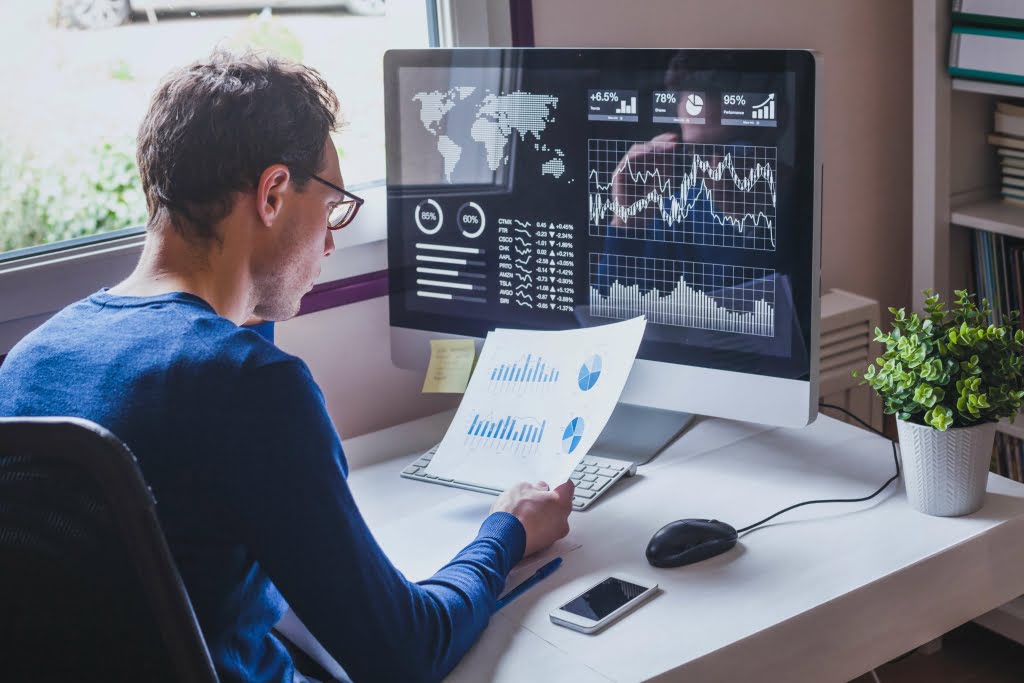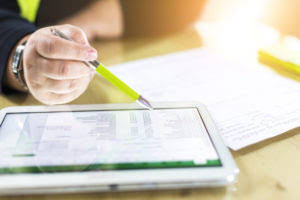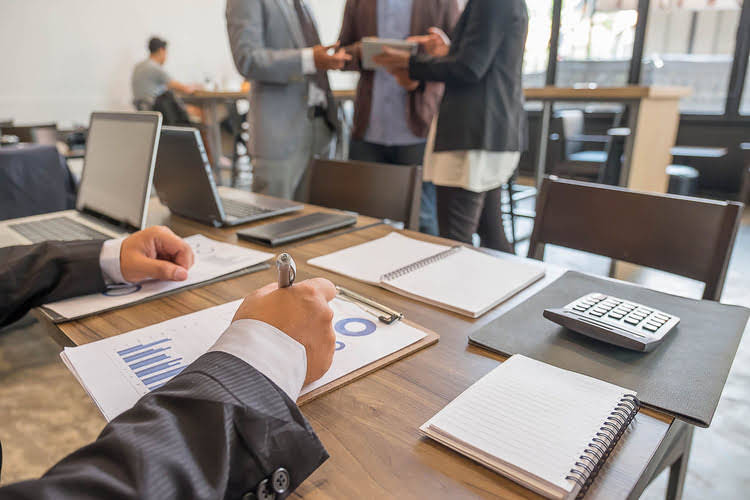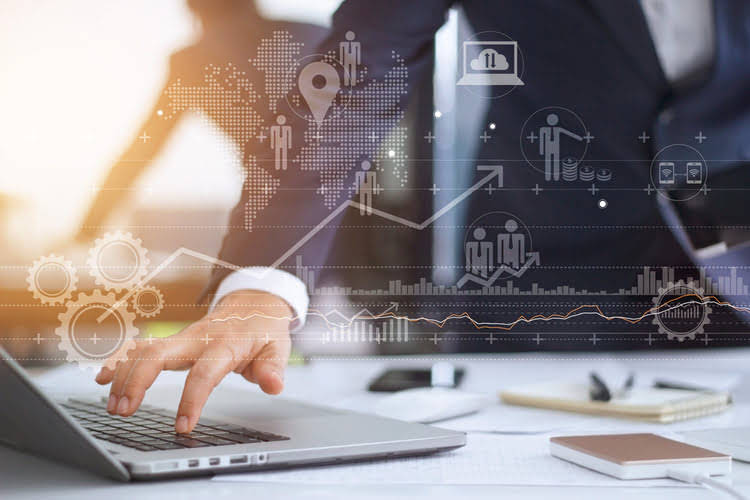
IAS 16 Property, Plant and Equipment requires impairment testing and, if necessary, recognition for property, plant, and equipment. An item of property, plant, or equipment shall not be carried at more than recoverable amount. Recoverable amount is the higher of an asset’s fair value less costs to sell and its value in use.
Importance of the Balance Sheet
- The balance sheet provides an overview of the state of a company’s finances at a moment in time.
- Any costs incurred after the initial purchase that enhance the asset’s future economic benefits are capitalised onto the balance sheet.
- The article will be all about plant assets, their recognition, depreciation, and differentiation from other asset classes.
- No—different businesses have different kinds of plant assets depending on what products or services they offer.
- In loose terms, the difference between the salvage value and the actual cost of the asset is known as depreciation.
- Investment analysts and accountants use PP&E to determine if a company is financially sound.
Non-current assets are long-term assets that have a useful life of more than one year and examples of plant assets usually last for several years. Long-term assets are considered to be less liquid, meaning they can’t be easily liquidated into cash. It’s important to note that the value of plant assets (other than land) depreciates over time, and each type of asset has a specific “useful life” that is defined by the IRS.

Asset management

Adam received his master’s in economics from The New School for Social Research and his Ph.D. from the University of Wisconsin-Madison in sociology. He is a CFA charterholder as well as holding FINRA Series 7, 55 & 63 licenses. He currently researches and teaches economic sociology and the social studies of finance at the Hebrew University in Jerusalem. These balances are dictated by Generally Accepted Accounting Principles (GAAP). The rules, treatment, and policies a company must follow when accounting for CapEx usually mirror Apple’s treatment.

Current Assets vs. Noncurrent Assets: What’s the Difference?
- This is the asset’s estimated value if broken down and sold in parts.
- Both assets may have future economic value for a company in the future.
- The asset’s value decreases along with its depreciation on the company’s balance sheet to match its long-term value.
- Fixed assets are always considered tangible assets as they have physical dimensions and presence.
The cash flow from operations https://www.bookstime.com/ for ABC Company and XYZ Corporation for the fiscal year was $14.51 billion and $6.88 billion respectively. The general ledger account Accumulated Depreciation will have a credit balance that grows larger when the current period’s depreciation is recorded. As the credit balance increases, the book (or carrying) value of these assets decreases.

What Type of Investment Is CapEx?
- A company that buys expensive new equipment would account for that investment as a capital expenditure.
- As the credit balance increases, the book (or carrying) value of these assets decreases.
- The resources are sometimes owned by the company and sometimes borrowed by external parties.
- As a consequence, for financial statement purposes the computer will be depreciated over three years.
- It can be looked at on its own and in conjunction with other statements like the income statement and cash flow statement to get a full picture of a company’s health.
- They are classed as long-term assets that have a typical lifespan of over a year.
Capital expenditure shouldn’t be confused with operating expenses (OpEx). Operating expenses are shorter-term expenses that are required to meet the https://www.instagram.com/bookstime_inc ongoing operational costs of running a business. Operating expenses can be fully deducted from the company’s taxes in the same year in which the expenses occur, unlike capital expenditures.

